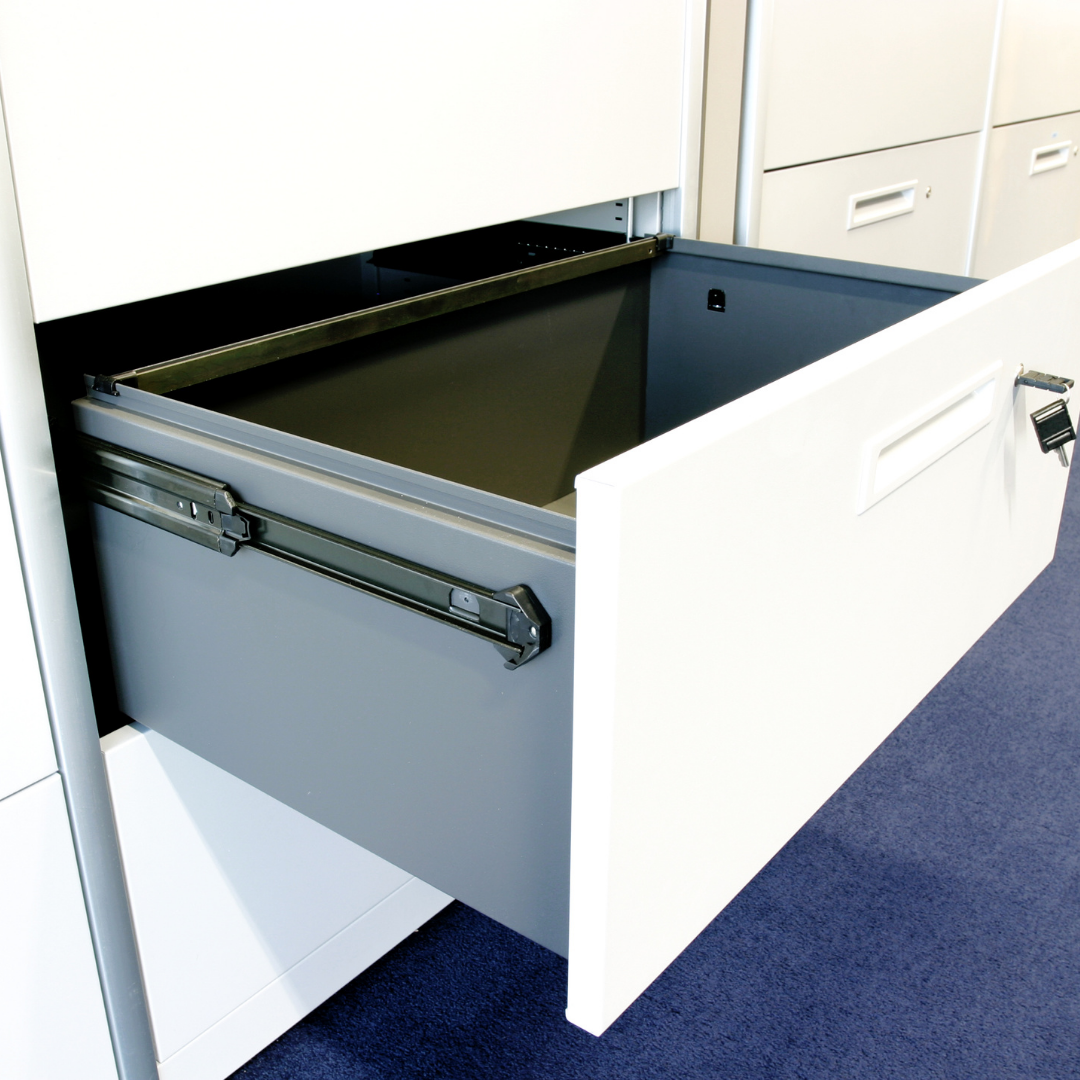
The onslaught of the COVID pandemic has made significant changes in the way many companies manage their operation. New changes include the frequency and method in which legacy physical paper files are used. More layers of dust continue to build on files because of reduced access to physical documents. Employees now working from home, who do not have access to these ‘active’ documents, are making some decisions based on memory and not on review of physical files formerly available at the office. This could have been avoided if these ‘office’ files were already imaged and added to the organizations electronic document management system (DMS). The question is, therefore, why weren’t these files already imaged pre-COVID? Too expensive, no time, not enough staff, insufficient on-site equipment?
Each of us has seen rows of file cabinets in office hallways and concentrated around administrative support desks. These file cabinets contain active and inactive files which need to be accessed and referenced, used for your organization, and, more importantly, for your clients. Limited access to documents will cause clients to wait unnecessarily, adversely affect your client relationships, and have hidden costs to your organization. Imaging your documents is not inexpensive but the cost of damaging trust with your clients and tarnishing the reputation of your company is far greater.
This ‘new normal’ of working from home is not going away anytime soon; many experts have indicated that this is only the beginning of a complete paradigm shift of how we work. However, it is not too late to start the imaging transformation process and get ahead of your competition. So where do you start and what do you do? Here are steps to consider in imaging your documents and digitally transforming your company:
- Determine what to scan.
- You do not need to scan everything.
- Determine retention periods, start scanning active files.
- Identify a trusted partner.
- Properly vet a local imaging vendor to assist in your project.
- Identify naming conventions.
- Only index the information needed to ingest the data into your DMS.
- Extraneous indexing is not a good use of your time.
- • Perform Proof of Concept (POC) trials.
- Image a small composite of your files and make revisions as needed.
- Test, test and test — run multiple imaging tests until the product is correct.
- • Scan in batches.
- Do not scan all your files at once.
- Break the organization down into groups starting with the smallest group.
- • Spread the work out.
- Imaging will take time, utilize all resources available –internal and external.
- • Know your DMS storage and speed.
- Do you have adequate storage space?
- Can your internal IT team accommodate the increase?
- • Trust but verify.
- Ensure that your files are named correctly, stored in the right place, and easily accessed.
- Have multiple checkpoints along the way to ensure this is happening.
Instead of trying to image everything yourself, consider partnering with a records management and/or imaging resource in your area to ensure that your project gets done. Leveraging the use of external resources to professionally manage and execute the project will ultimately save time, reduce overall costs, and ensure efficient access to your former dusty documents.
Related Posts
Data Breaches Are All Around Us It seems like every day we hear [...]
Can You Safeguard What You Don’t Directly Control? Navigating a work-from-anywhere (WFA) environment [...]
Information Governance Requires Defensible Destruction Part 1-Implementing Policies-The Hows and Whys Corporate workplaces [...]



